Theodore Paraskevakos, developed the first remote monitoring system that used digital transmission lines as a spin-off from the telephone line identification system (Caller ID). Ever since communications was the most critical technological aspect in smart metering. Each meter is expected to send data in a reliable and secure way to a central server. Taking into consideration the different environments where the meters are located, this is obviously no easy task.
Today with the abundance of different communication networks it is even harder. No single solution proved to be optimal so far.. most companies design a system that uses the combination of multiple communication technologies to achieve their goals.
Recently, we see a trend among smart metering solutions across the United States and Europe, the increasing usage of cellular LTE technology.
Also known as part of a broader cellular Internet of Things (IoT) spectrum, technologies such as NB-IoT and LTE-M offer a number of advantages for projects involving smart meters:
All these benefits can be observed almost immediately upon switching to the latest cellular networks designed for specific use cases. So why aren’t more utilities switching to these technologies?The answer is in the smart grid.
With a $7.9 billion total investment by 2016, the United States was the first country to heavily invest in the deployment of Advanced Metering Infrastructure, or AMI in short.
The goal was to optimize antiquated grids by allowing end-to-end digital communication between utilities and each individual meter in an attempt to monitor the whole grid.
While smart grids aren’t composed of meters only (think about renewable energy, charging stations, real-time demand response, etc.), they are keystones of a truly connected grid.
The benefits of smart meters for utilities have been long discussed:
But with that, there’s also a question of how.
How do you achieve these benefits and what’s the gist of a “smart” grid? The answer lies in a secure and flexible two-way communications infrastructure built on top of existing assets.
Smart metering is all about communications. Let’s take a brief look into the evolution of various communication technologies used in smart metering and the different types available.
These are categorized according to the transmission medium used, effectively dividing them into wired and wireless technologies. In the beginning, tThe two most popular technologies for advanced metering infrastructures were “traditional” options are:
In recent years though, a lot of attention shifted to Low-Power Wide Area Networking (LPWAN), of which cellular IoT technologies are a part. Here’s a table showing the most popular:
The LPWAN spectrum of connectivity technologies is one that’s grown tremendously over the past few years and it promises incredible flexibility at extremely low prices.
When a few years ago theWith the open source LoRaWAN technology seemed to takeing the lead, standards organization 3GPP decided it was time to innovate with two new technologies: NB-IoT and LTE-M.
Let’s take a look at both sides of the equation.
We’ve briefly talked about the three non-cellular technologies used as part of the smart grid. Now, it’s time to compare them and understand their pros and cons:
PLC takes advantage of existing power-line installations in communication efforts. This provides the benefit of utilizing current widespread infrastructure without laying dedicated cables. Getting PLC modules installed into meters is fairly straightforward, making the technology the most popular among smart metering solutions. However, PLC is not perfect.
Some of the disadvantages of PLC are:
Since the infrastructure was built primarily with delivery of electricity in mind, these cons can be mitigated by mixing PLC with a second technology known as Radio Frequency Mesh (further explored in the “wireless technologies” section down below).
Digital Subscriber Line (DSL) is a communication technology that uses traditional telephone lines to transmit data. It’s fairly reliable and low-cost since the infrastructure already exists in most cases. Like many communication technologies, the key disadvantage lies in the distance between the consumer and the company. The longer the distance, the lower the throughput.
This isn’t a particularly popular option for smart metering due to high implementation costs but it’s still worth a mention for use cases where high data transmission rates are a requirement. Networks made of 100% fiber optic cables are still being deployed across various regions in the United States, Europe, and other parts of the world making the costs often prohibitive.
In conjunction, these three technologies already form a strong baseline to work with. But in the grand scheme of things, adding wireless as a component has already proven beneficial.
Wired technologies don’t always match business requirements in today’s environment. That’s why wireless technologies applied to smart metering started evolving and complementing the original telecommunications infrastructure. One of the most notable examples is RF Mesh (explained below) which perfectly complements PLC for better service to the consumer.
Unlike PLC, this technology enables wireless communication and is a core function of Automatic Meter Reading (AMR). This is mainly used as a way to measure power consumption and collect data from the energy consumer. Paired with PLC, it provides better accuracy and coverage and, just like PLC, it requires modules that should be installed onto the meters.
The pros and cons of RF Mesh are:
PROS
CONS
Due to their differences, integrating PLC as the backbone of the infrastructure and RF Mesh as a technology enabler is a great way to provide a more reliable and accurate experience.
Similar to RF Mesh but working in a slightly different way, Zigbee can also be used to build a mesh network used primarily to connect smart meters with data concentrators rather than smart meters with control centres (dashboards). Its low implementation costs paired with a low complexity make it an interesting solution for low-power smart metering.
While flexible in nature, Zigbee has the following disadvantages:
Choosing Zigbee over RF Mesh highly depends on the use case. The former is a preferred option for lighter use cases in the consumer market such as home automation or smart lighting while RF Mesh is a more reliable alternative for industrial applications.
WiMax is a wireless communication standard that is less known in the metering space (and outright ignored by many companies due to heavily shared bandwidth among users) but which has some interesting propositions. With a data rate of up to 75Mbps, it’s mostly used as an alternative technology for delivering fixed wireless broadband access.
Using wireless communications in conjunction with traditional wired technologies provides a stronger service by providing a fallback to rely on in case the former doesn’t perform.
While cellular IoT is now part of the wider LPWAN family, there was a time (not so long ago) when low-power cellular connectivity wasn’t a thing. This means that many utilities started experimenting with new innovative technologies to connect the smart meter directly to their dashboards. Three technologies in particular came through as a result of this.
Finally, LoRaWAN is a newcomer in the smart metering world and, therefore, it is also not as common as other solutions. While PLC and RF Mesh have been extensively tested and used for smart metering purposes (in part thanks to the AMI efforts in the United States), LoRaWAN is still relatively new and there are only a few examples we can work with.
Still, LoRaWAN is a promising technology that may introduce benefits such as:
On top of this, the LoRa alliance promises to deliver continuous support and expansion, with new devices and partnerships created every other week. And while not particularly used in smart metering, LoRa is the protocol of choice for local IoT networks across the globe.
Similar to how cellular networks operate, SigFox is more catered towards offering services to individual devices rather than multiple at a time. With an Ultra Narrowband (UNB) connection and a reliable architecture, SigFox’s noise effect is very low, allowing the system to retrieve very weak signals from various types of devices. The protocol uses the 868 MHz band.
With these two technologies giving us a glimpse into the future of connectivity all the way down to the meter, there remains one technology to “rule them all”: low-power cellular connectivity.
Cellular connectivity has been used across the world for many different use cases, not just mobile phone communications. This was in the 2G/3G era and it’s not a new concept.
However, it’s the latest advancements in LTE technology that gave this market sector its denomination of cellular IoT as it’s aimed specifically at low-power devices like meters.
These technologies are constantly evolving, with the promise of even faster connectivity thanks to an upcoming 5G “New Radio” (NR) standard scheduled for release in 2022:
But why the sudden run for innovation when 2G/3G networks were employed for years? As with most things in business, market demand and competition drove this effort forward.
With more people demanding low-power connectivity to bring their devices together while freely moving around and the current networks being inadequate, cellular IoT became a no-brainer.
All major network providers in the US and around the world announced that they are beginning the process to shut down parts of their 2G/3G networks or even the entire service lines.
This is due to clear benefits provided by stable 4G LTE technology which has spread across the world rapidly. This is a big alarm bell for most utilities employing the networks.
What should they do now?
The options usually narrow down to three things:
In most cases, the first option will be the most popular due to lower costs. This is because dealing with such a large infrastructure renovation is time-consuming and expensive.
Some utilities who can afford to do so will opt for a completely new infrastructure based on the latest technologies, including smart meters that have built-in LTE modems.
The last and least popular option is switching to an alternative form of communication. This is by far the hardest to pull off and it involves a lot of risk in the implementation stage.
Connecting smart meters to a cellular network was never the norm. Utilities work with concentrators to monitor meters in specific Neighborhood Area Networks (NANs).
With cellular IoT, carriers have now introduced more attractive rate plans due to the increased efficiencies of these new technologies, making them more affordable and reliable.
Cellular IoT offers a number of advantages for smart metering:
All these benefits combined make a pretty compelling argument where cellular IoT is poised to become one of the most relevant innovations for energy and related industries.
Cellular technologies are becoming increasingly important in smart metering deployments due to the enhancements that they can provide to existing smart grid efforts.
Most 2G/3G networks employed in smart metering are part of the Global System for Mobile Communications (or GSM), using General Packet Radio Service (GPRS) for its low costs.
Meter devices themselves aren’t traditionally connected to cellular networks though; NAN data is usually aggregated and passes through concentrators or industrial sites.
With narrowband IoT coming into play, providing cellular connectivity all the way down to the meter is now feasible and, in many cases, beneficial to utilities.
Here are two of popular options for smart metering:
1. Narrowband IoT (NB-IoT) for Smart Metering
Recognizing the threat presented by the LoRa technology developed by Semtech, 3GPP quickly developed a real competitor, the so-called NB-IoT (formally Cat-NB1/NB2).
As part of the LPWAN family of technologies, NB-IoT is a direct competitor of LoRa and, unlike the latter, it offers widespread cellular connectivity thanks to its partner networks.
This technology is beneficial to utilities on all aspects:
Adding NB-IoT to an existing PLC/RF Mesh infrastructure means reaching meters in places that would not be reachable otherwise. This proves extremely beneficial for smart metering:
Just like other technologies in this space, NB-IoT also has its own disadvantages, but they’re very specific when it comes to smart metering and they should be thoughtfully considered.
For example, ICG metering requires higher data throughput than what NB-IoT can provide, and the same goes with grid-load balancing which requires near real-time latency.
2. LTE for Machine Type Communication (LTE-M)
This technology is not as popular as NB-IoT for smart metering due to higher energy consumption. Data throughput and latency are both significantly enhanced here.
While LTE-M can provide a similar experience at higher performance rates, it is not currently the technology of choice for smart metering. Utilities should run their own tests in this case.
Together, NB-IoT and LTE-M are the two most promising technologies in cellular IoT. With smart metering benefitting from NB-IoT most, LTE-M may become a worthy contender in the future.
The benefits of LTE connectivity for smart metering are clear, but how do you go about embedding it into your smart metering infrastructure? This is where modems come in.
Most meters connected to the grid via cellular networks will require a modem, an electronic device that enables exchange of data between two computers.
While traditional modems are well-known and used in almost every household, smart metering should be smaller, easy to install onto the meter, low cost and dependable.
Jumping from a 2G/3G modem to an LTE modem is already a huge jump, but some meters won’t have the same upgrade capability as others.
Modems are essentially small computers equipped with the necessary chips and modules to hook your meter to the cellular network. To do so, the meter requires a few things:
Buying new meters with built-in modems is smart in certain cases (that is, when your meter is so old that it doesn’t match any of the three basic requirements highlighted above).
However, most meters can be modified in accordance to regulations and accommodate the needs of an LTE connection only if the infrastructure already covers the installation area.
While electricity meters often come with a connection port, gas and water meters aren’t usually equipped with this hardware and the infrastructure may not comply with the requirements.
The installation process depends on the device manufacturer. While some modems are plug-and-play, others may require some custom work for a proper upgrade.
There are different types of LTE modems available for smart metering purposes and they’re divided into categories based on the original device manufacturer.
Most electricity meters are from well-known brands such as Honeywell (Elster), Landis+Gyr, and Itron. Modems will usually have similar features for each device manufacturer.
A few examples from our product lineup are:
Made specifically with Landis+Gyr E350/E450 meters in mind, the WM-E1SL, the modem has RS232 and RS485 (2- or 4-wire) connection capabilities. The modem forms part of the AMI (Advanced Metering Infrastructure) of the utility company and is therefore highly adaptable to use cases where cellular connectivity is a requirement.
Similarly to our first modem, the WM-ES2 also features RS232 and RS485 connection capabilities but for the Itron ACE6000, ACE8000, and ACE SL7000 meters. Just like the first one, this modem can be assembled into the meter’s enclosure and fastened securely for an all-in-one solution providing LTE connectivity.
Just like the two modems highlighted above, the WM-E3S offers similar features adapted to Honeywell AS220, AS230, AS300 and other electricity meters from the same manufacturer. All modems come with configurations to update the firmware remotely and custom software that allows for device settings to be manipulated independently.
Examples like these should help you pinpoint an ideal solution for existing smart meters in your network. You can also browse our library of smart metering modems for more information.
There are two main drivers for smart grid and metering adoption: high-level national strategies (such as AMI in the United States) and the overall boom of the IoT economy.
Smart metering is highly dependent on grid innovation. Based on this fact and the data from Mordor Intelligence, the smart meter market was valued at $123M in 2019.
But how does cellular connectivity fit into the picture?
Let’s go through both pieces of data.
There are many projects involving smart grid and meter connectivity running in 2020. Based on a Research & Markets report, we know that smart grids are currently valued at ~$1.5B.
Growing investment in smart grid projects is key to the success of not only smart metering, but also cellular connectivity as a means to collect data within this niche.
A few running projects include:
This shows us that PLC is the technology of choice in the smart metering market today and it also proves that wireless communications are used to reinforce and amplify this backbone, with PLC acting as a strong fallback solution. So, how is cellular trending in all of this?
Growth in low-power cellular connectivity is massive across IoT use cases but can we say the same about smart metering applications? Let’s take a look at a few statistics:
If we take a further look at Google Trends data, we see the following:
With PLC and RF Mesh following a similar trend, NB-IoT already has stronger roots in user searches. This data doesn’t necessarily reflect market adoption trends but it does give us an insight into which technologies are most searched (and thus more popular).
Thanks to a mix of wired and wireless communication technologies, utility companies now have a wide variety of options to choose from and test at different price points.
The game changer? Cellular connectivity. Not only is it cheaper than most wired solutions but it can also outperform wireless smart metering methods such as RF Mesh or LoRaWAN.
In a constantly evolving smart grid environment, adapting to change requires tackling innovation head first. That’s where technologies like NB-IoT come into play.
With cheaper costs compared to most other technologies on the market and a wide communications network at your disposal, the benefits of this evolution are clear.
Before you choose a technology to work with, consider three things:
With NB-IoT taking the lead in the cellular game, we highly recommend testing it on a few smart meters to see the benefits firsthand before investing on your entire infrastructure.
And if you’re switching from a 2G network to a 4G network, check out our range of retrofit devices. These can all be implemented in your existing meters with little effort.
The current rise in cellular IoT is an amazing opportunity for utility companies looking to gain a competitive advantage so take your shot now and begin testing!

We are thrilled to announce that Ali Mouslmani has joined WM Systems as our new partner in the United Arab […]
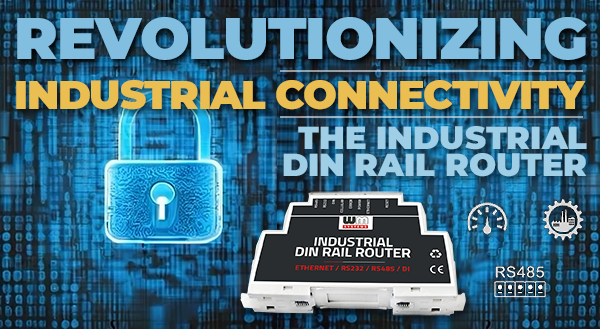
Introduction In the rapidly evolving world of industrial automation and IoT, the demand for compact, versatile, and efficient communication solutions […]

Introduction The fourth industrial revolution, or Industry 4.0, is redefining the landscape of industrial operations. Key to this transformation is […]

The group of WM Systems LLc.
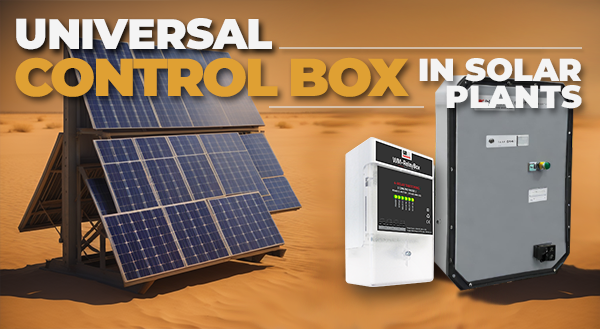
Solar plants and farms are complex systems with a variety of equipment that needs to be monitored and controlled. This […]

Industrial settings are replete with equipment that demands efficient connectivity solutions. With the rise of the Internet of Things (IoT) […]
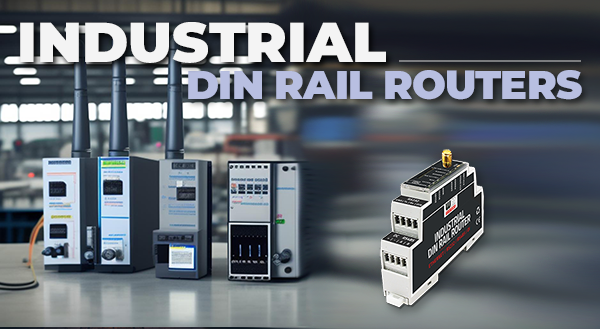
DIN-rail mountable industrial routers are an essential component of many industrial applications. They provide a reliable and secure way to […]
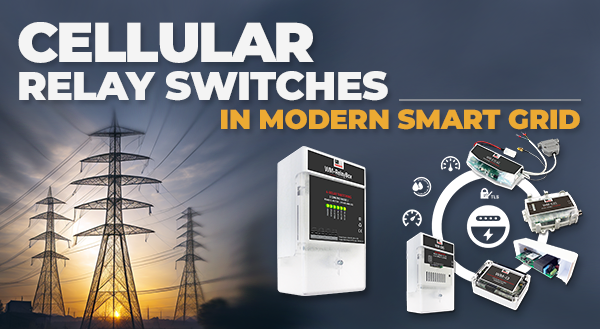
Make the modern smart grid more secure, resilient, and sustainable
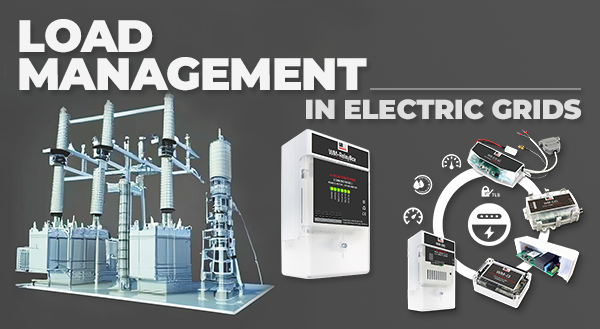
In today’s dynamic world, understanding the nuances of electrical energy management has never been more crucial. A distinct feature of […]
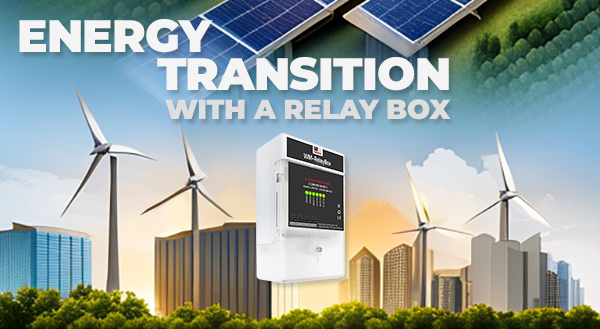
Introducing the Relay Box
